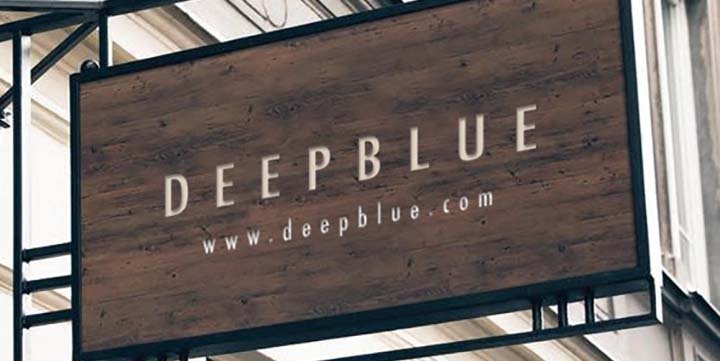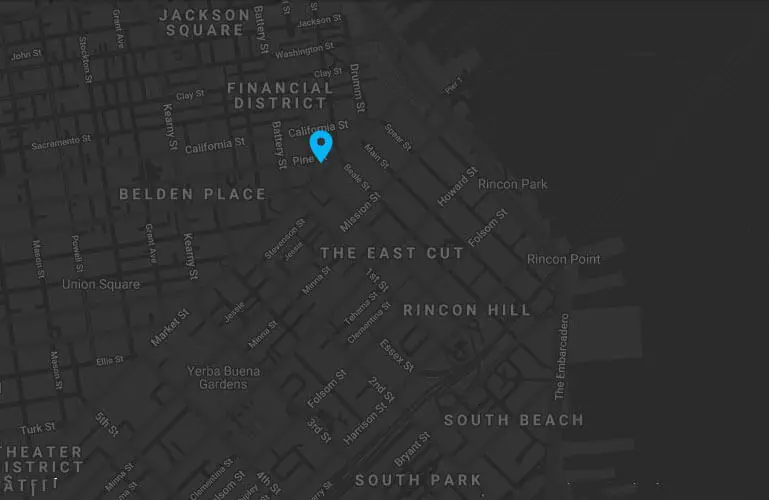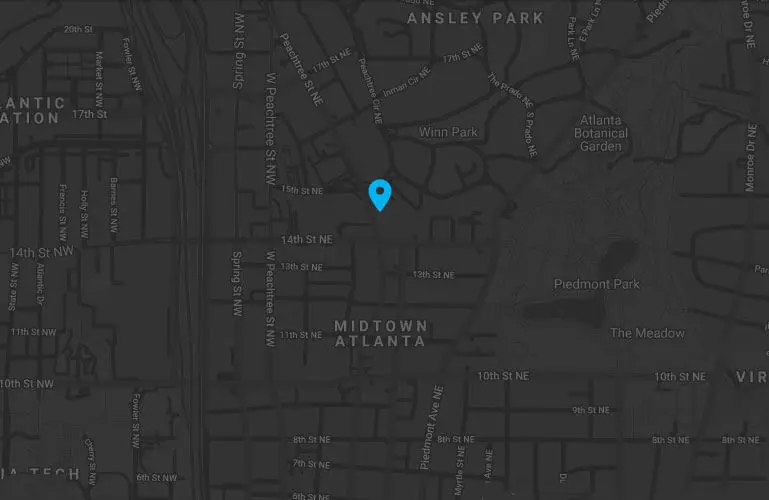The developing elements of a Web3 website are coalescing into a strategic vision for next-gen websites. Here’s what you need to know.
The most common construction method for Web3 websites is the Monero blockchain. Monero is a secure, private and untraceable currency that uses cryptography to protect users’ identities. For a website to work with monero, it requires a two-step process. The first step is to create a Monero wallet and store your monero coins there. The second step is to configure a Web3 compatible Node.js application on your computer and tie it into the Monero wallet.
Elements of a Web3 website: Creating a Monero Wallet
To create a Monero wallet, you will need to download the monero-wallet-v0.14.2.zip file and extract it to a folder on your computer. The monero-wallet-v0.14.2.zip file includes a Java application and a JSON-file. The Java application creates a Monero wallet. The JSON-file contains configuration information for the Monero wallet.
To create a Monero wallet, follow these steps:
Open the Java application located in the monero-wallet-v0.14.2.zip file. The application will start and ask you for some information. Type in your wallet address. This is the address where your Monero coins will be stored. Click Next. The application will ask you to provide a name for your Monero wallet. Type in a name for your Monero wallet. Click Next. The application will ask you to provide a password for your Monero wallet. Type in a password for your Monero wallet. Click Next. The application will ask you to confirm your password. Type in the password you just typed in and click OK. The application will create a Monero wallet and store your Monero coins there.
Elements of a Web3 website: Configuring a Web3 Compatible Node.js Application
To configure a Web3 compatible Node.js application, you will need to extract the monero-wallet-v0.14.2.zip file to a folder on your computer. The monero-wallet-v0.14.2.zip file includes a Node.js application and a JSON-file. The Node.js application creates a Monero wallet. The JSON-file contains configuration information for the Monero wallet.
To configure a Web3 compatible Node.js application, follow these steps:
Open the Node.js application located in the monero-wallet-v0.14.2.zip file. The application will start and ask you for some information. Type in your wallet address. This is the address where your Monero coins will be stored. Type in your Monero wallet password. This is the password you used to create your Monero wallet. Type in your callback address. This is the address where the Node.js application will send your Monero coins when you make a transaction. Click Next. The application will ask you to provide a name for your Monero wallet. Type in a name for your Monero wallet. Click Next. The application will ask you to provide a port number for your Monero wallet. Type in a port number for your Monero wallet. Click Next. The application will ask you to provide a gas limit for your Monero wallet. Type in a gas limit for your Monero wallet. Click Next. The application will ask you to provide a cost limit for your Monero wallet. Type in a cost limit for your Monero wallet. Click Create. The application will create a Monero wallet and store your Monero coins there.
When you install a Web3 compatible Node.js application, you will also need to install some dependencies. The dependencies include npm, gulp and mongo. To install the dependencies, follow these steps:
Open a command prompt and type in the following command:
npm install
Next, you will need to create a gulpfile.js file. The gulpfile.js file contains the configuration information for the web3 compatible Node.js application.
To create a gulpfile.js file, follow these steps:
Open the Node.js application located in the monero-wallet-v0.14.2.zip file. The application will start and ask you for some information. Type in your wallet address. This is the address where your Monero coins will be stored. Type in your Monero wallet password. This is the password you used to create your Monero wallet. Type in your callback address. This is the address where the Node.js application will send your Monero coins when you make a transaction. Click File. The application will open the file containing the gulp configuration. Type in the following lines into the gulpfile.js file:
var Monero = require(‘../node_modules/monero-wallet/dist/monero’);
var web3 = require(‘web3’);
var BN = new Monero(‘your_wallet_address’, ‘your_wallet_password’);
var contractAddr = ‘0x123456abcdefghijklmnopqrstuvwxyzABCDEFGHIJKLMNOPQRSTUVWXYZ’;
var gasLimit = 123456;
var costLimit = 1234;
var contract =new web3.Contract(contractAddr,gasLimit,costLimit);
module.exports = function (transaction) {
transaction.callback = contract.methods.create(BN, transaction.inputs[0], transaction.outputs[0], transaction.memo.To, transaction.verification.Hash);
};
When you create a web3 compatible Node.js application, you will also need to create an account on the Monero blockchain.
Elements of a Web3 website: To create an account, follow these steps:
Open a command prompt and type in the following command:
mongodb or mongo
The mongodb or mongo command will open a MongoDB database. Type in your desired database name. The mongodb or mongo command will also ask you for some information. Type in your desired username and password. The mongodb or mongo command will create a database called monero_wallet and show you the location of the monero-wallet-v0.14.2.zip file. Go to the monero_wallet database and type in the following command:
mongo shell
mongo dbs
mongod
The mongo command will connect to the monero_wallet database and show you the contents of the database. The monero_wallet database includes a Monero wallet. Type in the following command to create a new Monero wallet:
mongo create monero_wallet
The mongo create monero_wallet command will create a new Monero wallet and store the newly created Monero wallet in the monero_wallet database.

DEEPBLUE is a web design agency that delivers measurable results.
When it comes to these hot new trends, the team here at DEEPBLUE is ready and willing to use them when designing your site. In fact, many of the new trends follow the work we have completed, making us proud web design trendsetters. If you want to get your hands of a site that is innovative and designed beautifully then give us a call, we’d love to work with you.


